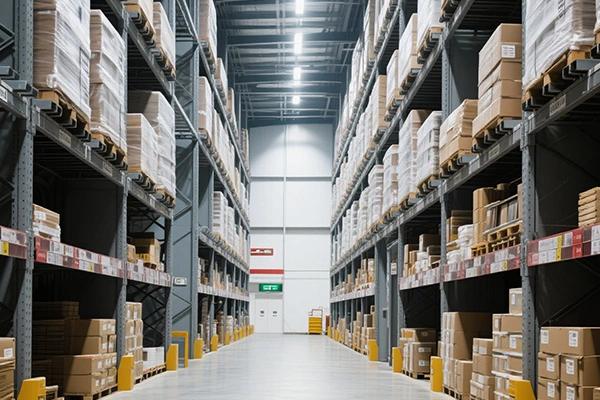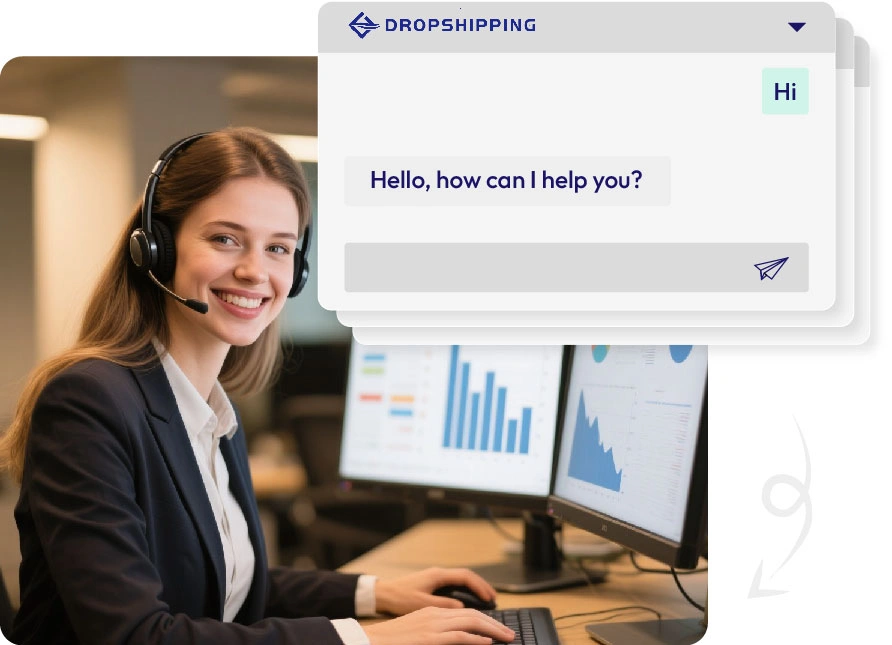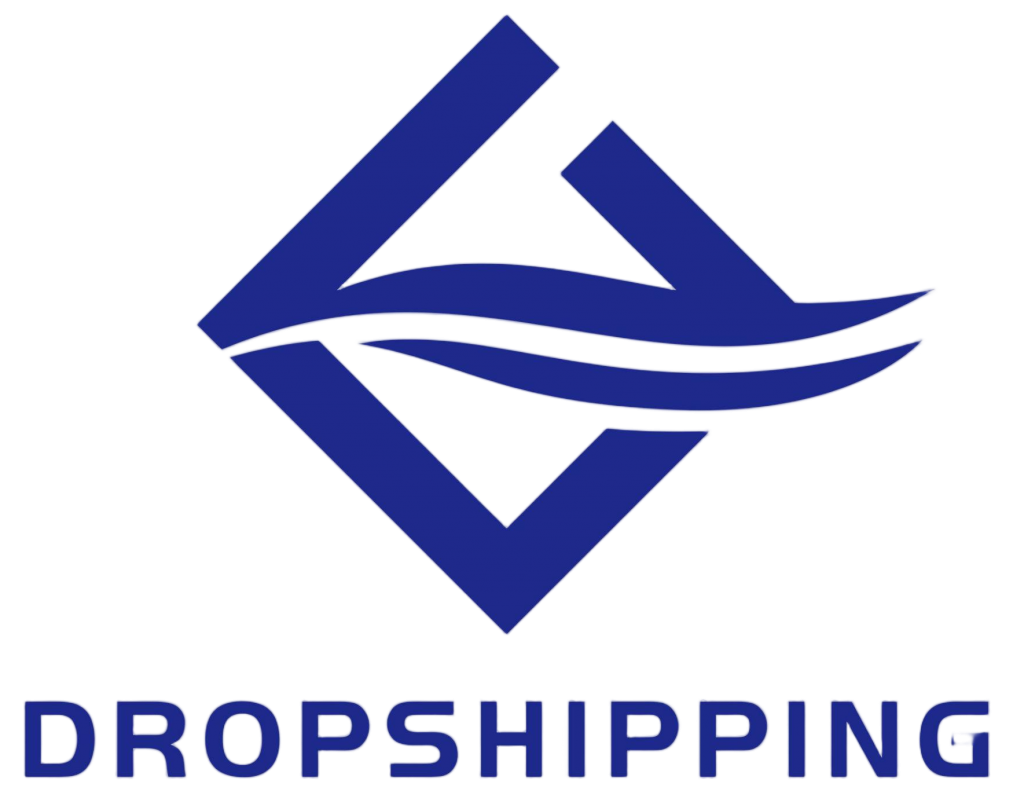Businesses that take care of their own storage and shipping, known as in-house order fulfillment, don’t lean on outside companies for help. In 2025, lots of companies will check their fulfillment ideas again. They want to spend less and make their customers super happy.

What Is In-House Order Fulfillment?
In-house order fulfillment is when a company keeps, packs, and sends out its products from its own place. This isn’t the same as third-party logistics (3PL), where other folks handle those jobs.
Definition and Core Components of In-House Fulfillment
Companies picking this way take charge of every step of getting orders ready. They watch their stock, store items, and ship them out. To do this right, they need their own storage spaces, people to work, and stuff like computers to stay on top of things.
How In-House Fulfillment Differs from Third-Party Logistics (3PL)
Unlike 3PL, where other companies deal with shipping, in-house fulfillment lets businesses call the shots. They can send packages fast to people nearby. Plus, they can give customers special attention, which makes the whole experience nicer.
Common Business Models That Use In-House Fulfillment
This setup is awesome for companies with tons of orders or products that need extra love. Businesses that care about their brand and want customers to have a great time often go this route.
Advantages of In-House Order Fulfillment in 2025
In-house fulfillment is getting more love. Companies like being the boss of their own work. This path has lots of upsides for businesses wanting to step up their game.
Greater Control Over Inventory and Operations
Running things themselves means businesses can keep a close eye on their stock. They see right away what’s in store and how stuff is selling. Also, they can make their packages look cool, which puts a smile on customers’ faces.
Real-Time Inventory Management
Knowing stock levels on the spot keeps businesses from running out or having too much stuff. They can get orders out quick to meet what customers want. This keeps things running like clockwork.
Customizable Packing and Branding Options
When businesses handle their own packing, they can make boxes that scream their brand. This makes opening a package a fun moment for customers. Awesome packaging helps people remember the company.
Improved Customer Experience
Doing things in-house means quicker deliveries for folks nearby. Chatting directly with customers makes service better too. These things make people way happier with their orders.
Faster Shipping Times for Local or Regional Orders
Packages go straight from the company’s storage to the customer. That’s faster than using someone else’s place. Quick shipping makes local customers super pleased.
Direct Communication with Customers
When workers handle orders, they can talk straight to customers. This means fast fixes for questions or problems. Good chats build trust and keep folks coming back.
Cost Efficiency in Certain Scenarios
Starting in-house fulfillment costs a bunch at first. But down the road, it can save bucks. Companies skip paying extra to outside shipping teams and spend less on storing things.
Savings on Long-Term Storage Costs
Having their own storage space can be cheaper than renting from others. This is extra true when a business grows and needs more room.
Elimination of Third-Party Service Fees
By doing their own shipping, companies avoid 3PL charges. Those savings pile up, making in-house fulfillment a smart pick for some.
Challenges and Limitations of In-House Fulfillment
Running fulfillment in-house isn’t a walk in the park. Companies gotta think hard about the tough parts before jumping in.
High Initial Investment and Ongoing Operational Costs
Getting this system going takes a lot of cash. Businesses need to rent or buy storage spaces. Plus, paying for workers and tools adds up over time.
Warehouse Leasing or Ownership Expenses
Grabbing a warehouse means planning money super carefully. Companies gotta budget smart to cover these costs. Good thinking keeps spending in line.
Staffing, Equipment, and Technology Requirements
To work smoothly, businesses need folks who know their stuff, plus tools and tech. These cost money. Companies have to plan to keep their profits up.

Scalability Issues During Peak Seasons or Growth Phases
When orders shoot up, it can mess with the system. Growing companies might run out of space, which slows things down big time.
Difficulty in Managing Sudden Order Surges
A big wave of orders can be too much for in-house setups. If businesses aren’t ready, they’ll struggle to keep up. Thinking ahead stops these headaches.
Space Constraints and Logistics Bottlenecks
Not enough storage space can hold back growth. When orders stack up, delays pop up. Adding more space during crazy times is a real challenge.
Risk Exposure and Operational Complexity
Handling returns, broken stuff, or grumpy customers in-house is tricky. Businesses need solid plans to deal with these issues right.
Managing Returns, Damages, and Customer Complaints Internally
Companies gotta set aside time and stuff to handle returns and fix customer problems fast. Good plans keep folks happy even when things go wrong.
Key Considerations Before Choosing In-House Fulfillment
Before going all-in on in-house fulfillment, companies should think about some stuff. This includes how big they are, what they sell, how many orders they get, their cash, workers, buildings, growth dreams, and how flexible they can be.
Alternatives to In-House Fulfillment: A Look at Dropshipping Companies
DROPSHIPPING is a chill option. It doesn’t need much cash to start, which makes it perfect for lots of businesses.
Overview of Dropshipping as a Business Model
With DROPSHIPPING, sellers don’t keep products around. When someone buys something, the seller gets it from a supplier. The supplier sends it straight to the customer. This easy, low-risk way is great for new businesses with tight budgets.
Introducing DROPSHIPPING: A Versatile Fulfillment Partner
DROPSHIPPING brings awesome Warehousing Services. These include Package Splitting and Consolidation Services, Packing and Labeling Services, Product Quality Inspection and Photography Services, Diversified Logistics Channels, Freight Calculation & Order Tracking, POD (Print on Demand) Customization Services, Customized Packaging Services, Product Sourcing, Store Authorization and Product Listing, Order Processing, and Wholesale Services. These tools help businesses shine.
How To Transition From 3PL To In-House Or Vice Versa
Switching how you do fulfillment takes some brainpower. Mixing both ways gives companies wiggle room. They can shift based on new needs or what’s happening in the market. Good timing and planning make the change smooth.

Conclusion
Choosing how to handle fulfillment needs a lot of thought. Every path has good and bad sides. Companies gotta check what they need and what they’re aiming for. A close look helps pick a plan that matches their big dreams. The right pick sets them up to rock it in 2025.
FAQs
Q1: Which businesses get the biggest wins from in-house order fulfillment?
A: Companies with heaps of orders or stuff that needs special care do best. In-house fulfillment gives them more control and works smoother.
Q2: How does in-house fulfillment’s cost compare to 3PL services?
A: It costs more to kick off in-house fulfillment. But over time, it can save cash by dodging 3PL fees and cutting storage costs.
Q3: Can businesses flip between in-house fulfillment and DROPSHIPPING?
A: Yup, with smart planning, they can switch between the two. Smooth changes depend on keeping up with new needs or market twists.







